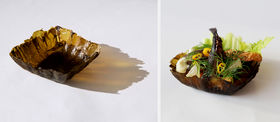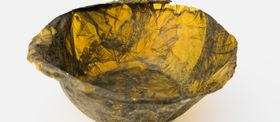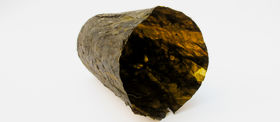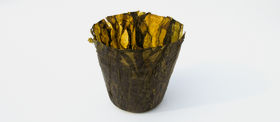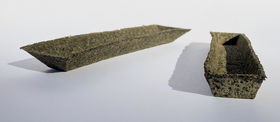Exploring Seaweed as a Material
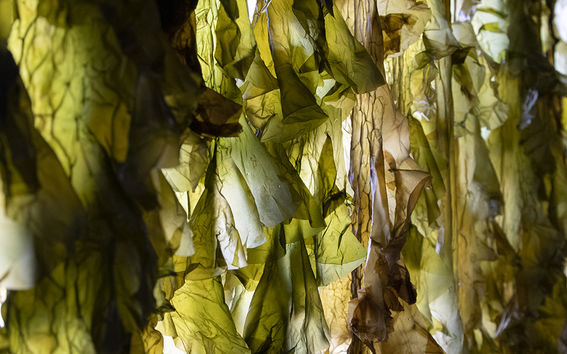
Huge amounts of litter including disposable packaging end up from the streets to the world’s oceans. Packaging materials might be recyclable but not biodegradable or decomposable. Packaging can be made from 100% renewable plant-based materials but their water resistant coatings are made of plastic.
Could biodegradable materials made from natural substances such as algae replace non-biodegradable materials and have features that are crucial in disposable packaging?
We have consciously tried to question whether some of the existing packages tend to be even too durable for their purposes. We have not only questioned the package designs available but also tried to figure out the minimum requirements for a package considering its usage time and the use itself.

Our trip to Marine Research Station in Kristineberg, Sweden served as a spark of inspiration for us not only by introducing us to algae-based materials but also by reminding us about the importance of considering human’s actions from non-human perspectives.
We as a small group decided to continue mapping out usable bio materials and their possibilities to be shaped into various forms partly based on the material group of Design Practice in Social Context’s work. Each of us had their individual experimental perspectives for using algae-based materials.The final outcome of this project is a second part for the recipe book which includes new information for people willing to scope ideas for helping the waters we all depend on.









